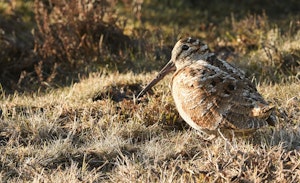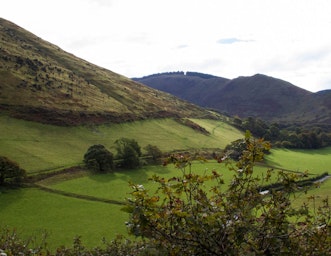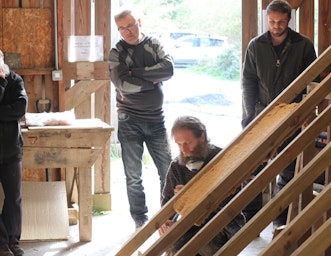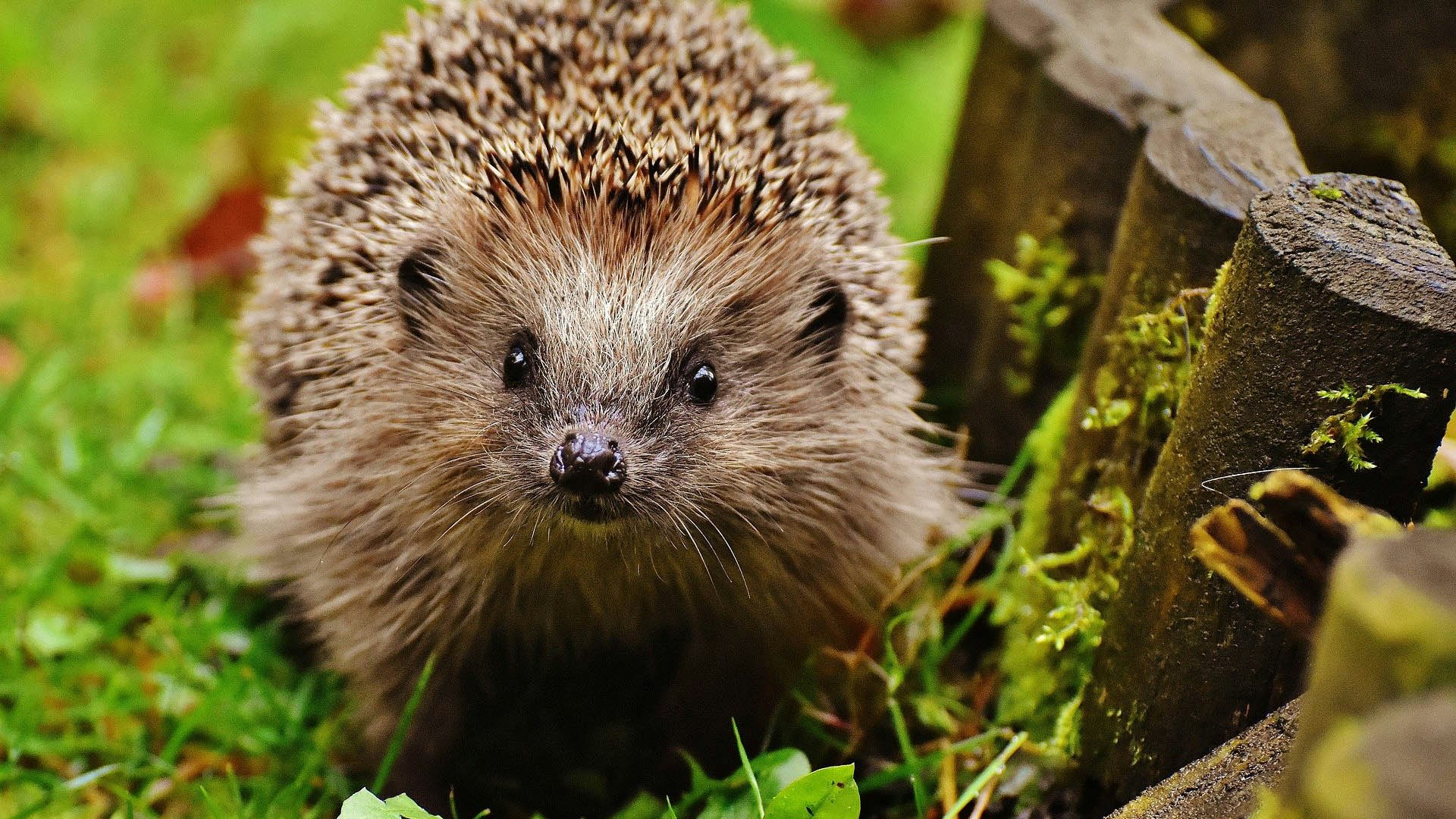
A rich tapestry – managing our habitats to help nature thrive
November 4, 2020Home » A rich tapestry – managing our habitats to help nature thrive
CAT’s habitats are carefully managed to create a place where nature can thrive. Dulcie Fairweather meets two charming species that have found a home at CAT.
There is the age old saying that “variety is the spice of life” and, in respect to our natural world, it couldn’t be truer.
Here at CAT, our response to the ongoing biodiversity crisis is to provide the diversity that flora and fauna so desperately needs. It’s in our nature to ensure our wildlife will thrive for generations to come.
We are ideally situated right in the heart of the Welsh countryside, in the foothills of southern Snowdonia, just on the edge of the National Park. From hazel coppiced woodland to wildflower meadow, we sensitively manage our 40 acres to be a healthy mosaic of habitat that benefits many species.
Helping hawfinch

One of the most intriguing species present on site is the hawfinch – the UK’s largest finch. Hawfinch are typically shy and difficult to see, but they are getting harder to spot as their traditional breeding areas have declined in recent years. It’s a red-listed species in the UK, with a population that may number fewer than a thousand breeding pairs in scattered populations across England, the north and south of Wales and southern Scotland.
Here at CAT there’s a good chance to see the distinctively top-heavy silhouette of these birds from mature broadleaved trees, especially in areas with open glades. But you’ll have to look closely, as they do favour the safety of the forest canopy. The hawfinch will feed in the canopy year-round, and also on fallen seeds, particularly in winter. As they will feed on the ground, it’s important to minimise any disturbance.
They prefer deciduous woodland and are particularly attracted to horn beams, elms, yew trees and wild cherry. The hawfinch’s impressive bill helps them to break into hard seeds (their jaw muscles exert a force equivalent to a load of approximately 30–48 kg!) Their diet is also comprised of berries, pine seeds, and the occasional caterpillar.
Landscape isolation and loss of connecting wooded habitat are problems that trouble the species. Tree crowding also reduces the availability of food plants due to loss of understory through shading.
We recognise how privileged we are to have a population of these striking birds, so we endeavour to maintain and enhance their habitat to better their chances.
Part of our management plan is to provide a varied structure of understorey of shrub for hawfinch, as well as creating wet features to meet their dependency for lots of water (good job we get plenty of rain!)
Our retention of ivy and other creepers provide crucial nest cover for the birds, along with other species such as the aptly named treecreeper who we also see on a regular basis. Hawfinches require a clear flight line to the upper part of mature trees for nesting, and will use open spaces and scrubby edge vegetation for foraging. We also plant future generations of mature trees to help future generations of hawfinch.
Woodlands for woodcock

Another secretive bird that hides in the dense undergrowth of our woodlands is the beautiful woodcock. Also classified as a red list species, this fairly large wading bird often frequents the site. Large they may be, but woodcock are both nocturnal and expertly camouflaged with mottled plumage – making them even more difficult to spot!
Woodcock distribution covers much of Britain and Ireland, however there has been a severe decline in the population size and breeding range of woodcock since 1970. Numerous issues pose a threat to the species, including recreational disturbance by dogs and walkers, reduction of earthworms due to soil acidification, fragmentation of woodland and decline in suitable habitat. Game shooting is another source of contention for woodcock. The presence of woodcock on the red list causes heated debate; how can this still be a game species?
It is during its breeding display flight, known as roding, that woodcock is most frequently seen. In 2013, a survey conducted by the British Trust for Ornithology and the Game & Wildlife Conservation Trust indicated a decline in roding males from 78,000 in 2003 to 55,000. Each autumn, the number of woodcock in the UK rises massively, with an influx of up to 1.4 million birds. The difference in conservation status between breeding and wintering populations is reflected in the fact that woodcock is on both the red list and the quarry list – for now.
After conducting our own woodcock survey on site, we try to manage our land to create vital spaces for their feeding and cover. This fleeting bird probes the damp ground for earthworms and beetles to eat. Therefore, our woodland offers wet floor glades and easy access to damp field so they can get their beaks stuck in for a feast.
In autumn, and over winter, we will be managing the landscape to help these birds get through the trials of winter as best we can. If you’d like to help wildlife where you are, take a look at some of my other articles on the CAT blog for hints and tips.
About the author
Dulcie joined the CAT woodland team as Natural Resource and Volunteer Officer in August 2020. She has spent the first few months of her role setting up camera traps and footprint tunnels in preparation for Autumnwatch.
She has a BA (Hons) in Marine and Natural History Photography, a course that devoted heavy emphasis on environmental subjects and concerns.
Did you know that CAT is an educational charity?
Please consider supporting out work by becoming a member today.
- Woodland
- Gardening and Agriculture
- Building
- Nature and Wildlife
- Autumnwatch
Related Topics
Related Pages
Related news


CAT Conversations: Sandy Stevens, CAT graduate
17th April 2025
CAT stories – Nick Parsons and Mike Russell
29th January 2025
Ready for retrofit
29th January 2025
AUTUMNWATCH QUIZ
EMAIL SIGN UP
Keep up to date with all the latest activities, events and online resources by signing up to our emails and following us on social media. And if you'd like to get involved and support our work, we'd love to welcome you as a CAT member.
